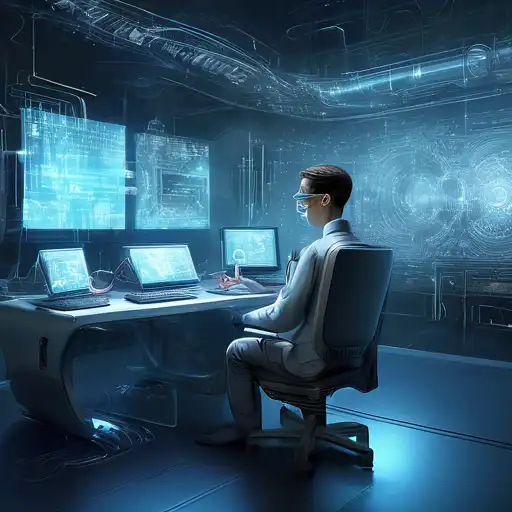Introduction to Computer Vision Technology
Computer vision technology has seen remarkable advancements in recent years, transforming how machines interpret and understand the visual world. From facial recognition systems to autonomous vehicles, the applications of computer vision are vast and varied. This article delves into the latest breakthroughs in the field, highlighting how these innovations are shaping the future of technology.
Key Advancements in Computer Vision
One of the most significant advancements in computer vision technology is the integration of artificial intelligence and machine learning. These technologies have enabled computers to process and analyze visual data with unprecedented accuracy and speed. Below are some of the key areas where computer vision has made strides:
- Deep Learning: The use of convolutional neural networks (CNNs) has revolutionized image recognition tasks, making systems more efficient and accurate.
- Real-time Processing: Advances in hardware and algorithms have made real-time video analysis a reality, enabling applications like live traffic monitoring and instant facial recognition.
- 3D Image Reconstruction: Technologies such as photogrammetry and LiDAR have improved the ability to create detailed 3D models from 2D images.
- Augmented Reality (AR): Computer vision is at the heart of AR, allowing for the overlay of digital information onto the physical world in real-time.
Applications of Advanced Computer Vision
The advancements in computer vision technology have opened up new possibilities across various industries. Here are some notable applications:
- Healthcare: From diagnosing diseases through medical imaging to assisting in surgeries, computer vision is enhancing patient care.
- Automotive: Autonomous vehicles rely heavily on computer vision for navigation and obstacle detection.
- Retail: Cashier-less stores and personalized shopping experiences are becoming possible thanks to computer vision.
- Security: Enhanced surveillance systems use computer vision for threat detection and crowd monitoring.
Challenges and Future Directions
Despite the progress, computer vision technology faces challenges such as privacy concerns, the need for large datasets, and the risk of bias in AI models. However, ongoing research and development are addressing these issues, paving the way for more ethical and efficient systems. The future of computer vision lies in further integration with other technologies like IoT and 5G, enabling even more innovative applications.
Conclusion
The advancements in computer vision technology are not just enhancing existing applications but are also creating new opportunities across various sectors. As the technology continues to evolve, it promises to bring about even more transformative changes to our daily lives and the way we interact with the world around us.
